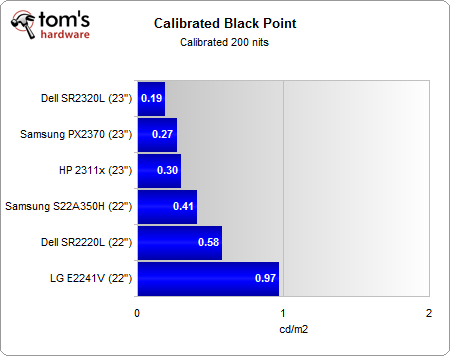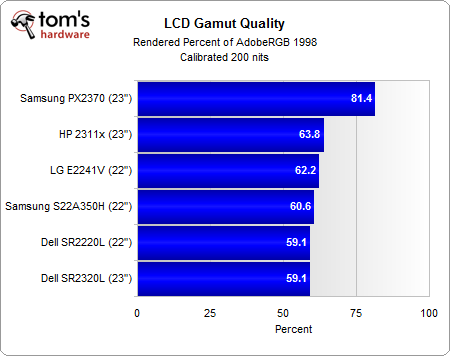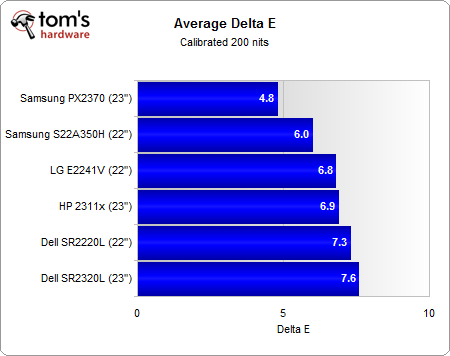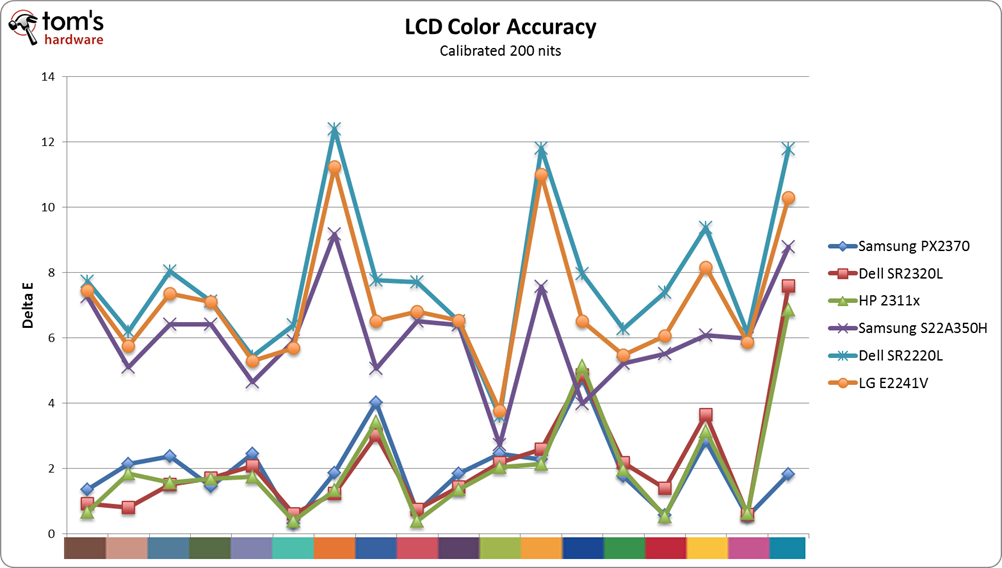Calibrated Performance: Color Accuracy And Gamut
As ColorEyes Display Pro explains, absolute rendering the black point produces the most numerically accurate results, and works well for high-quality monitors. But doing so could also easily generate plugged shadows (dark regions where detail is lost) on a lower-quality monitor. If matching two displays is critical, absolute rendering is the best choice, assuming both monitors can handle absolute black. Relative rendering maps the darkest values on your monitor relative to its ability to display them. This isn't as accurate, but provides detail in dark areas where your monitor has difficulty.
Since we are trying to compare the color quality between monitors, we choose to calibrate for an absolute black point. These values represent the best we can achieve with our monitors, but they add another variable to consider when judging color performance.
All of three of the 22” LCD monitors struggle with rendering an absolute black, though. LG’s E2241V is the worst because it cannot seem to produce deep blacks at all. The calibrated black point is more than double that of the S22A350H, which is very telling given that Samsung’s S22A350H isn’t all that great either.
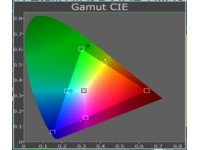

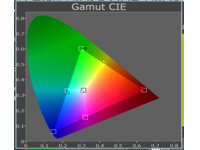

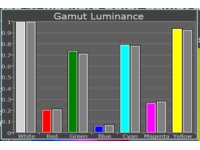
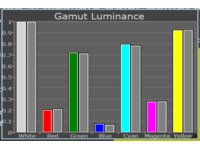
The range of colors doesn't change when you calibrate a monitor. A wide-gamut monitor still behaves like a wide-gamut monitor, even when you turn down brightness. However, when you calibrate a monitor, color perception changes as colors become more accurately represented. This is the result of changing the shape of the luminance curve on a gamut map.
After calibration, we evaluated the profile against a GretagMacBeth's color palette. As we mentioned earlier, delta E is a measure of color accuracy. However, this only gives a small representation of color performance since we interpret colors within a spectrum, not from individual points.
Absolute Color Gamut
It's harder to perceive the difference in gamut when you’re inspecting individual delta E values. With 3D images, it is best to examine the graph as a video, which is why we use Chromix's ColorThink Pro to illustrate how color gamut is affected.
Get Tom's Hardware's best news and in-depth reviews, straight to your inbox.
The wire form outline in each video represents the total gamut volume of AdobeRGB 1998. The solid gamut map represents the gamut of each monitor.
This is not just an examination of how one color profile maps to a reference, nor is it about how much can be rendered (in this case, AdobeRGB 1998). This is an absolute comparison of gamut volumes, which can be used to help identify strong and weak points in a color profile. When you compare in absolute terms, each monitor has its own strengths.
The Samsung S22A350H is surprisingly good at producing red midtones, even a few outside the AdobeRGB gamut. However, it suffers slightly in yellow and greens.
Dell's SR2220L does well at producing yellows, and it exceeds at producing blues out of the AdobeRGB gamut. Unfortunately, it performs rather poorly in red and greens.
LG's E2241V takes more middle-road approach. It does well in greens, but it suffers in red production (particularly near the highlights). This tends to compress the perception of red hues, as red highlights now appear as midtones. However, there's a cascade effect because midtones appear as shadows, which in turn look closer to black.
Notice that all three monitors perform strongly in yellow and blue tones. These are the fairly easy points to hit with today's LED-backlit TN-based panels. Often you see a strong blue bias caused by some lower-quality LED lights. This is what we see from the Dell and LG monitors. When you inspect the 3D map, you can see the shifted performance of the color gamut. If you are dead-set on matching the white point on multiple monitors or highly accurate color representation, this can be unsettling. However, as a practical issue, it shouldn't deter you from purchasing one of them.
Current page: Calibrated Performance: Color Accuracy And Gamut
Prev Page Calibrated Performance: Brightness And Contrast Ratio Next Page Black And White Uniformity, Viewing Angles-
compton I've put a Jihad out on TN panels. There are so many decent, cheap e-IPS panels out there. At their worst, eIPS screens are better than TN, and at their best comparable to much more expensive IPS units. There isn't really a reason to consider TNs anymore. It's bad enough that every laptop has a TN (except for a few 12" Lenovos), but why rape your precious eyeballs with a terrible TN on your desk? With that said, I look forward to monitor reviews, and this is a pretty good one.Reply -
acku Point taken. The key is finding those good IPS panels. There are good IPS monitors and there are bad ones. In the same way, there are good and bad TNs.Reply
I mean if we're breaking down everything down to tech...
VA are great at black
IPS are probably the best at color accuracy
IPS better at color shift resistance, but you get light bleed at angles.
TNs better than IPS for motion blur, IPS better than VA for motion blur
VA and IPS both suffer a bit from flashlighting and clouding effects
TNs don't have great color, but offer decent middle ground
TNs are dirt cheap
TNs generally have lower lags
Big generalization here. The point is that nothing is perfect. If it was, there would be little point to advance technologies. In the end, you pick your imperfection.
Cheers,
Andrew Ku
TomsHardware.com -
acku Reply9516998 said:How about 24"+ 1920x1200 monitors?
I can do that. For whatever reason, I don't see that many 1920x1200 monitors. Most of the time I see 1920x1080.
Is there a particular reason that you prefer 1920x1200?
Cheers,
Andrew Ku
TomsHardware.com -
clownbaby +1 on 1920x1200 monitors.Reply
"Is there a particular reason that you prefer 1920x1200?"
The extra desktop space really helps in my design workflow and adds quite a bit of space over 2 or 3 monitors.
-
soccerdocks ackuI can do that. For whatever reason, I don't see that many 1920x1200 monitors. Most of the time I see 1920x1080.Is there a particular reason that you prefer 1920x1200?Cheers,Andrew KuTomsHardware.comReply
I would also be interested in seeing some 1920x1200 monitors. The reason I prefer that resolution is I find that having that extra vertical space is very useful for productivity software, especially word documents. However, for gaming the resolution really doesn't matter to me. -
acku Reply
Any specific monitors? The list is pretty short on 1920x1200.9517001 said:I would also be interested in seeing some 1920x1200 monitors. The reason I prefer that resolution is I find that having that extra vertical space is very useful for productivity software, especially word documents. However, for gaming the resolution really doesn't matter to me. -
I agree with the above comments. I loath the 16:9 aspect ratio, and would really like to see some coverage of 4:3 or 16:10 monitors, which (IMO) are much more useful for doing work.Reply
-
ksampanna How about an eyefinity/surround test with a range of TN, IPS monitors across a range of budgets? I know this is pretty huge, but you are toms, so you should be able to easily pull it off.Reply
